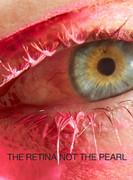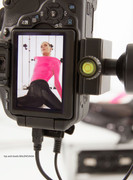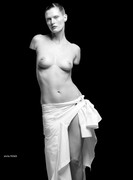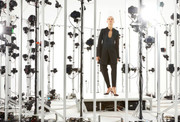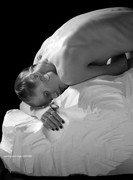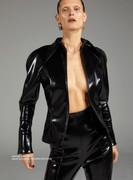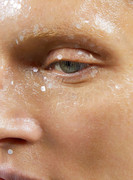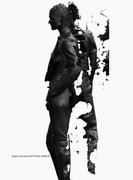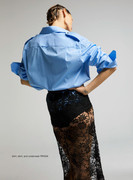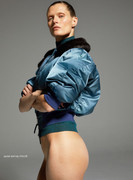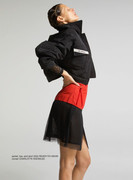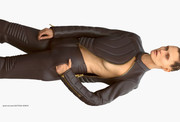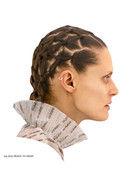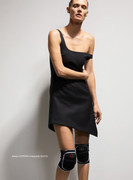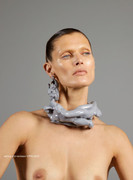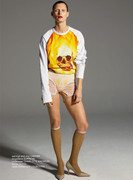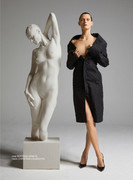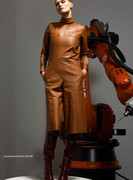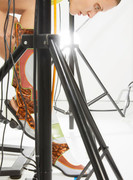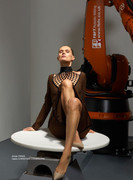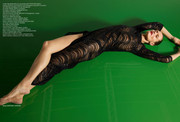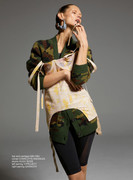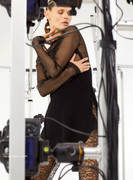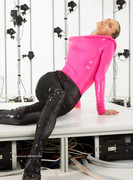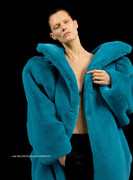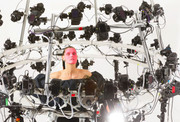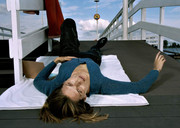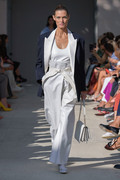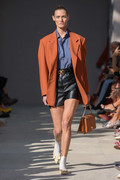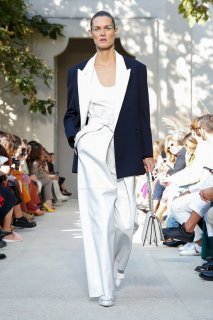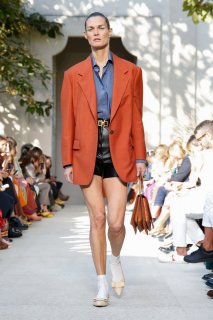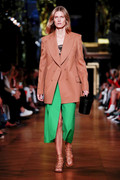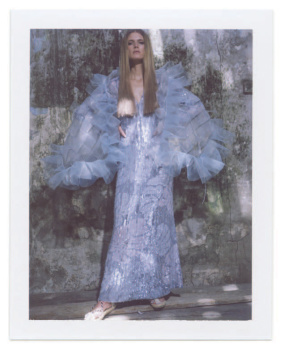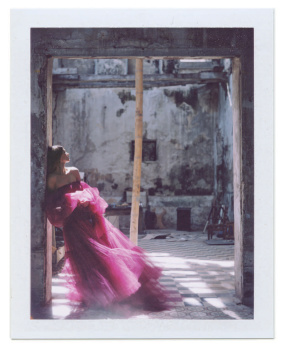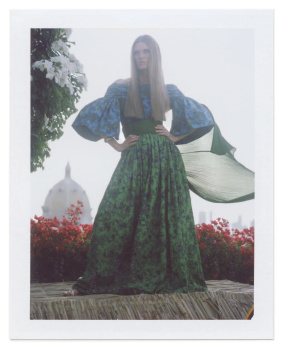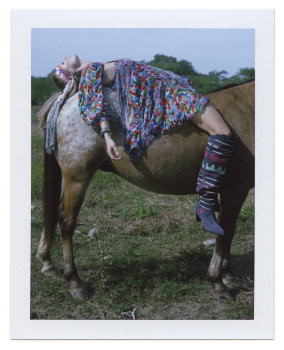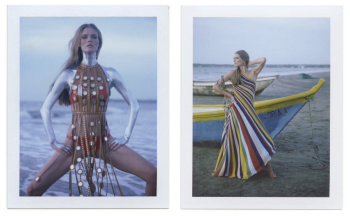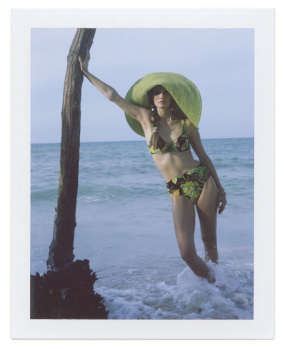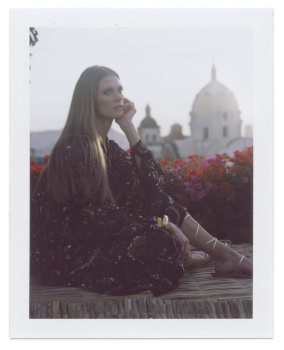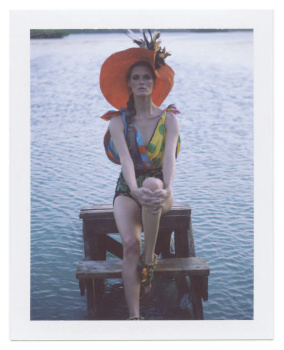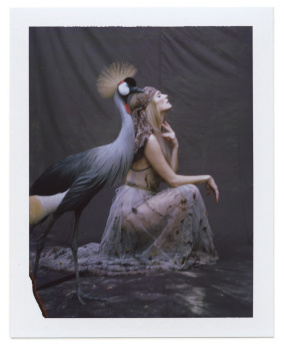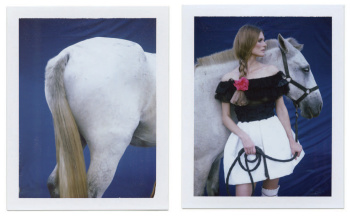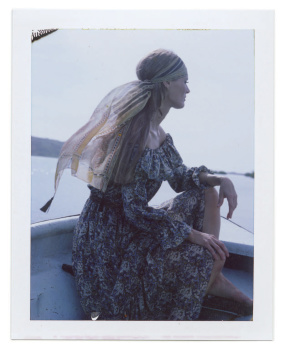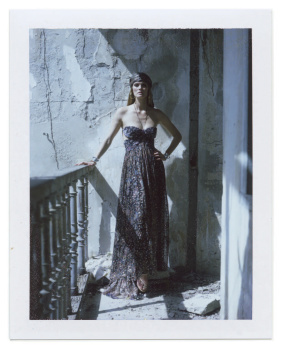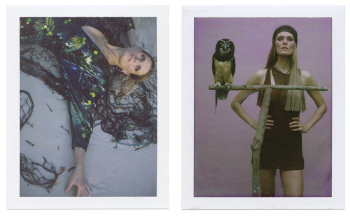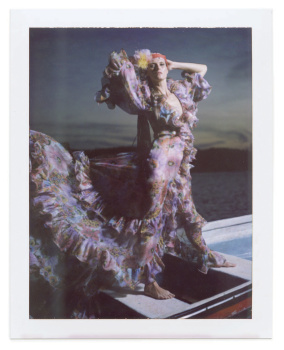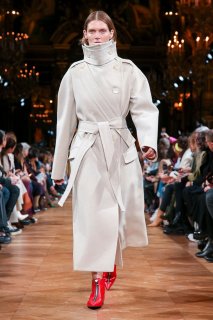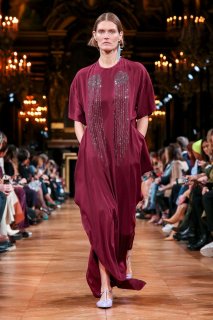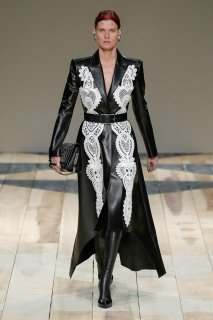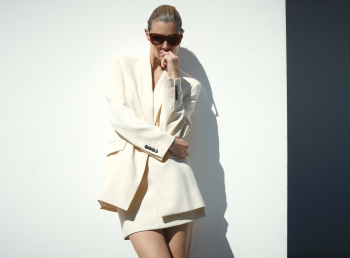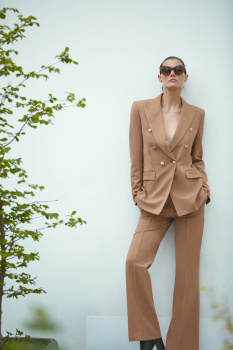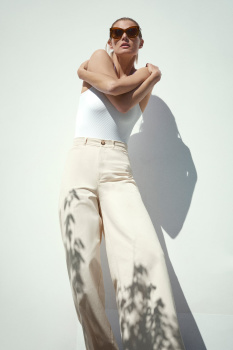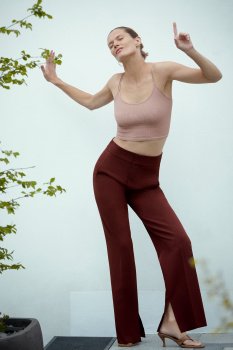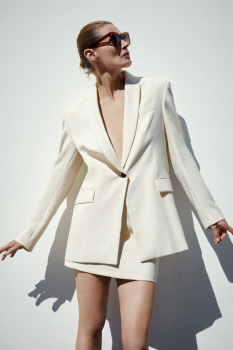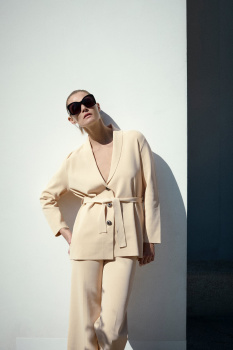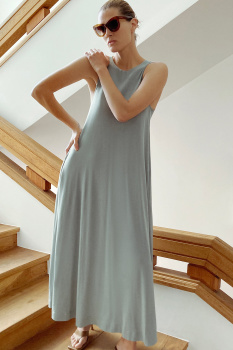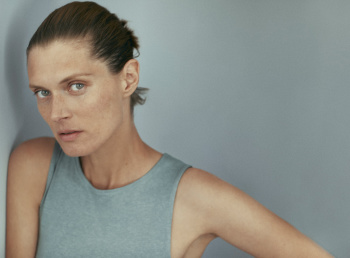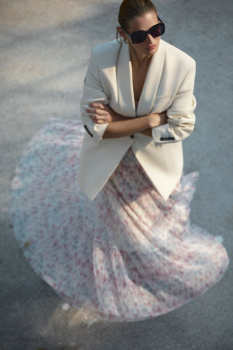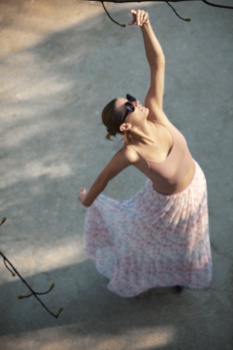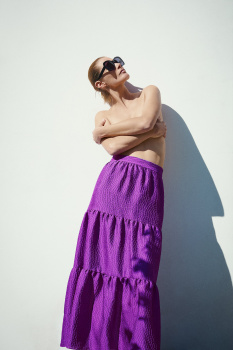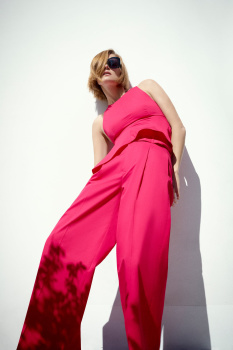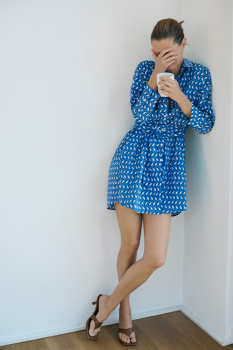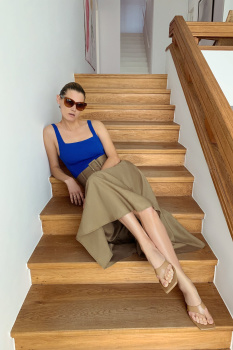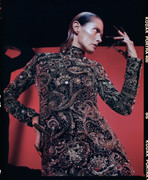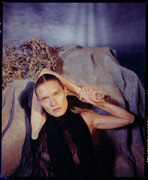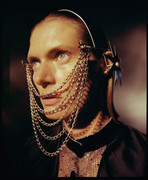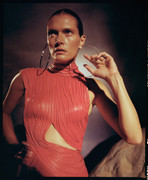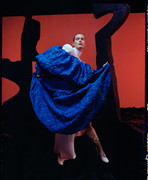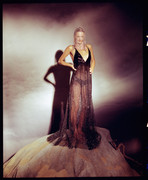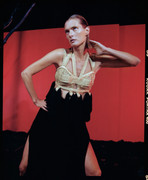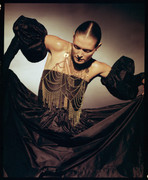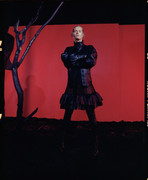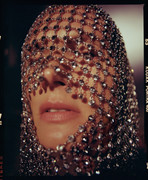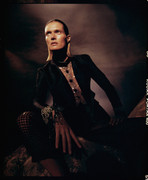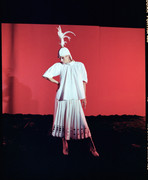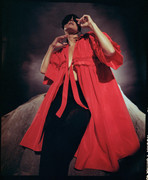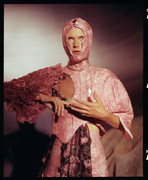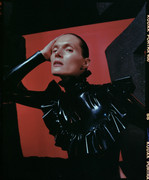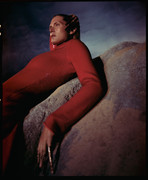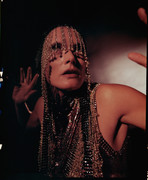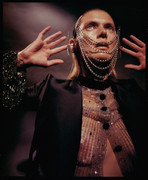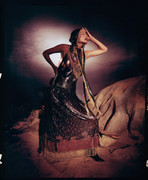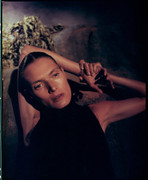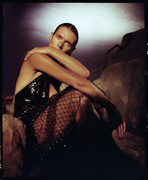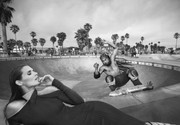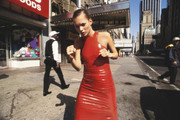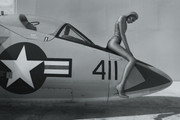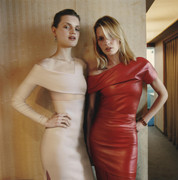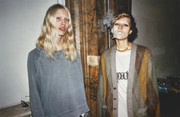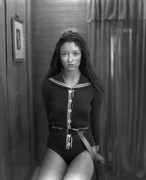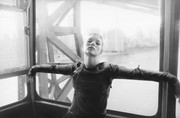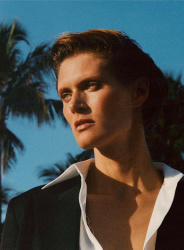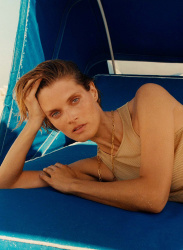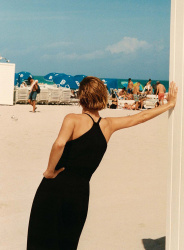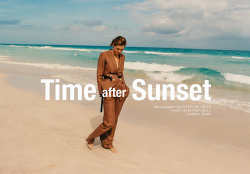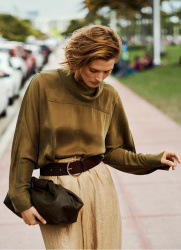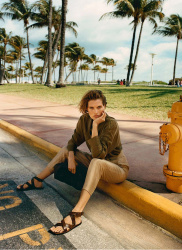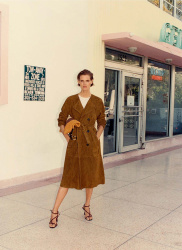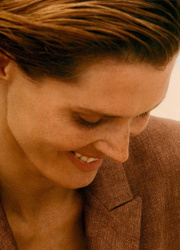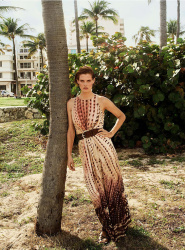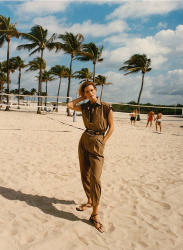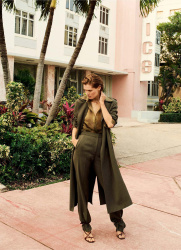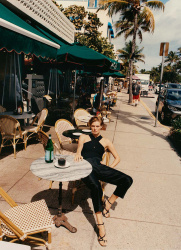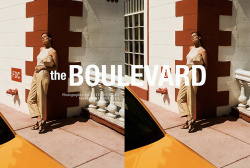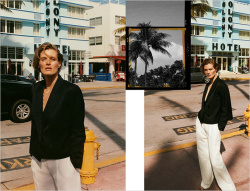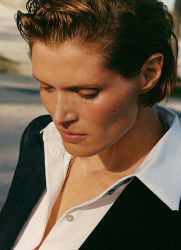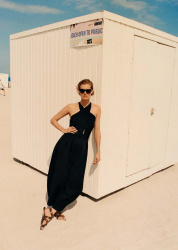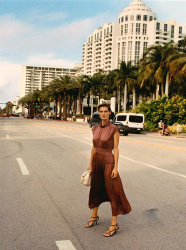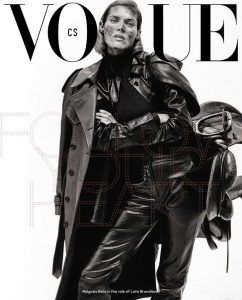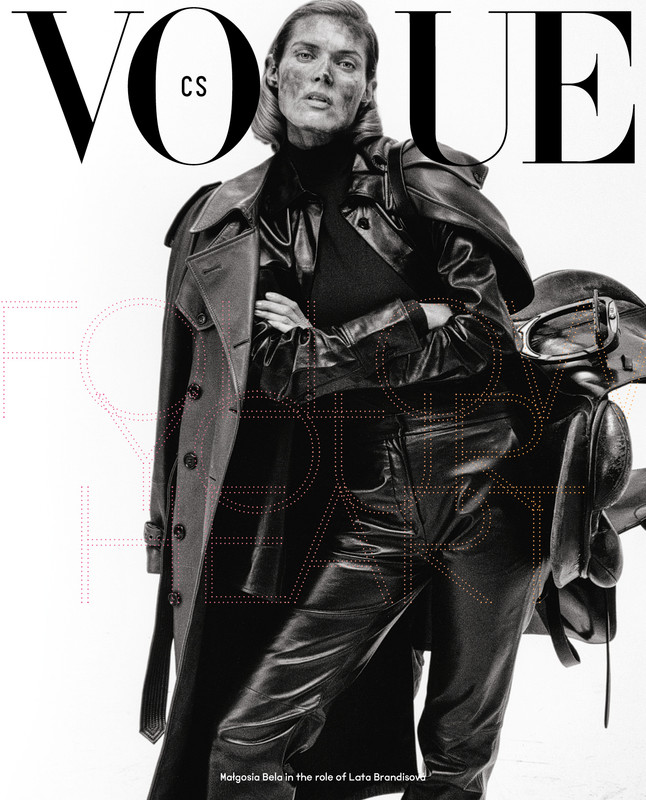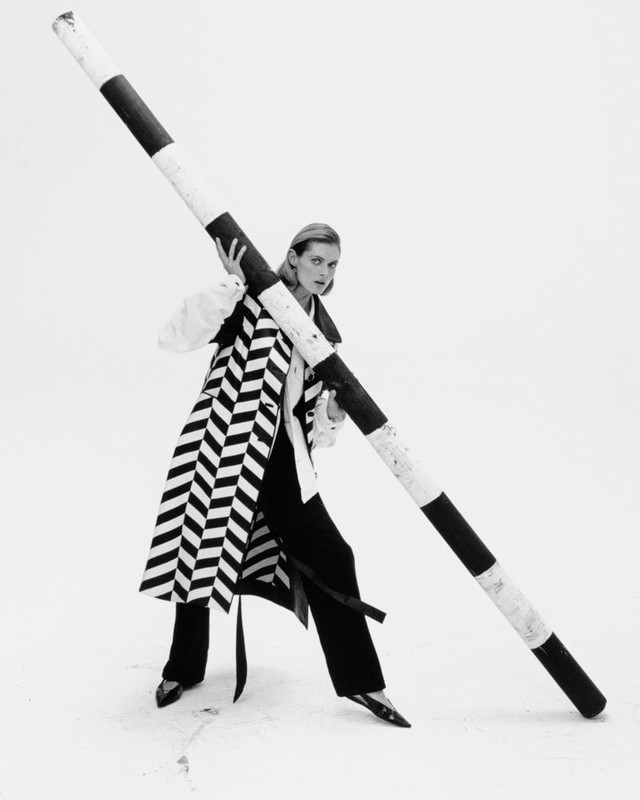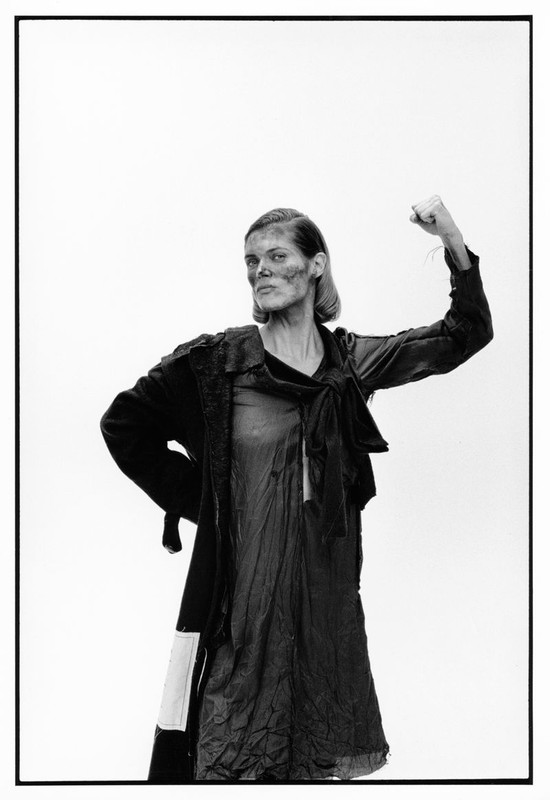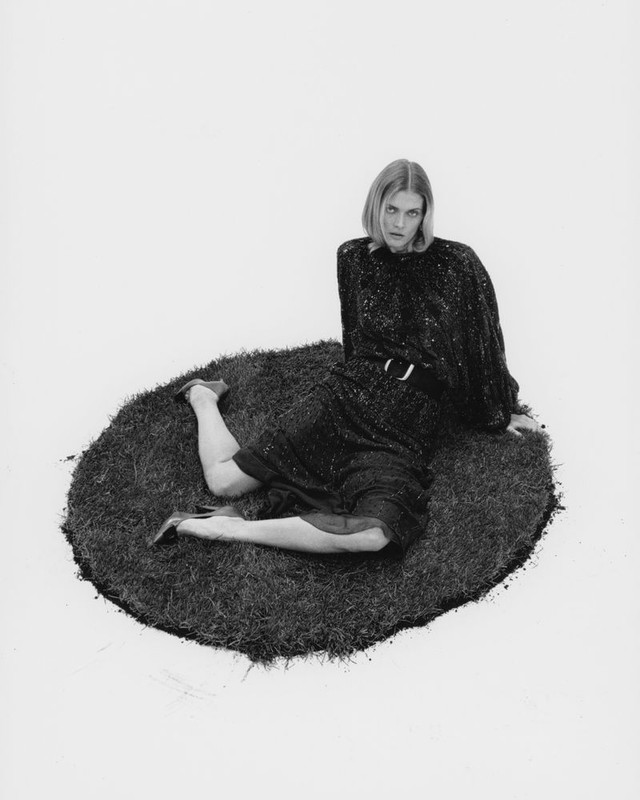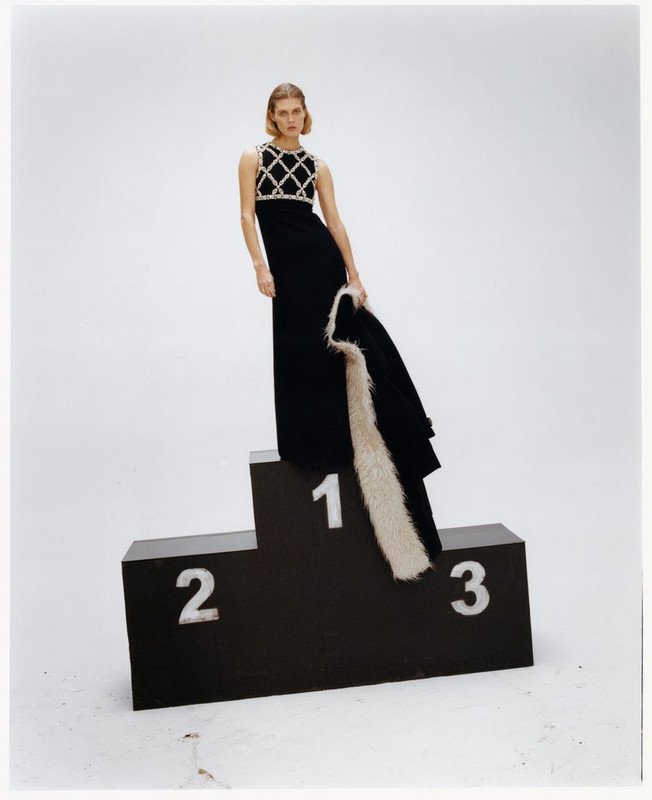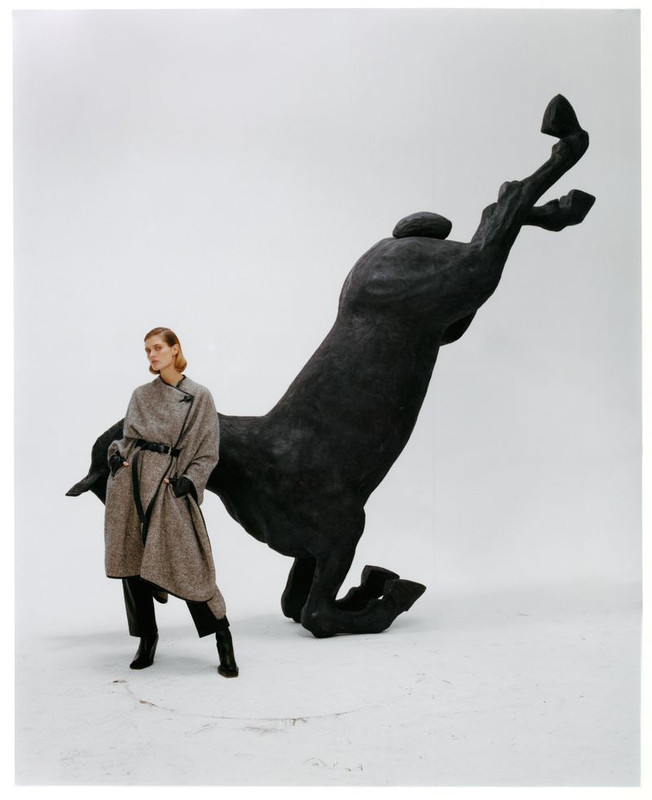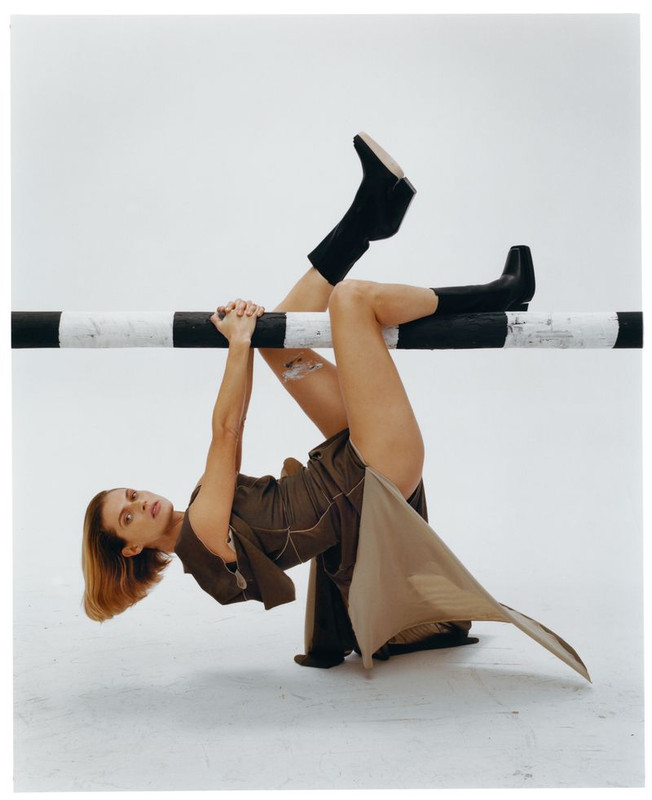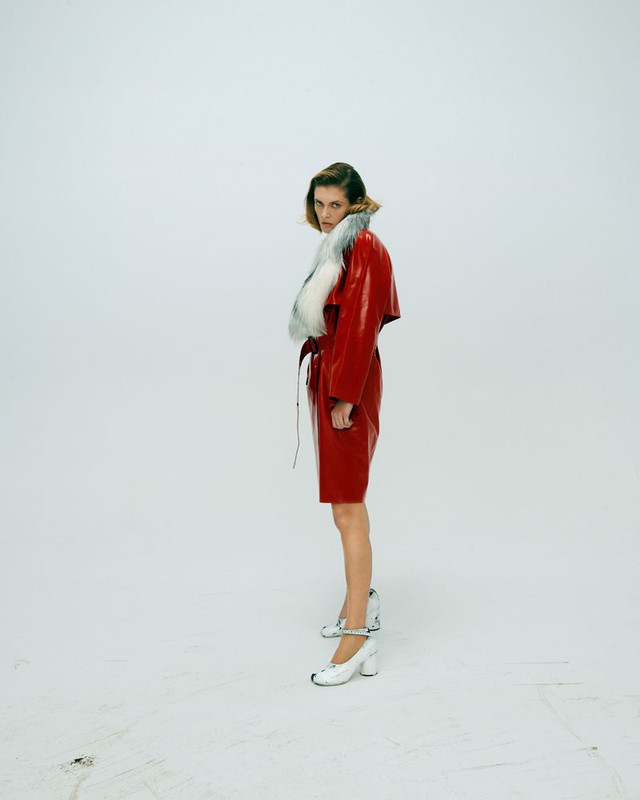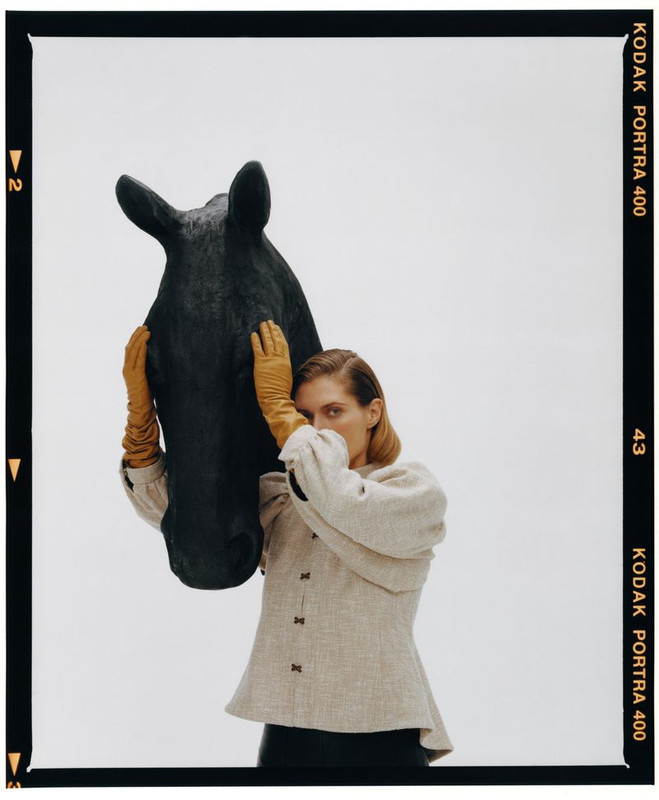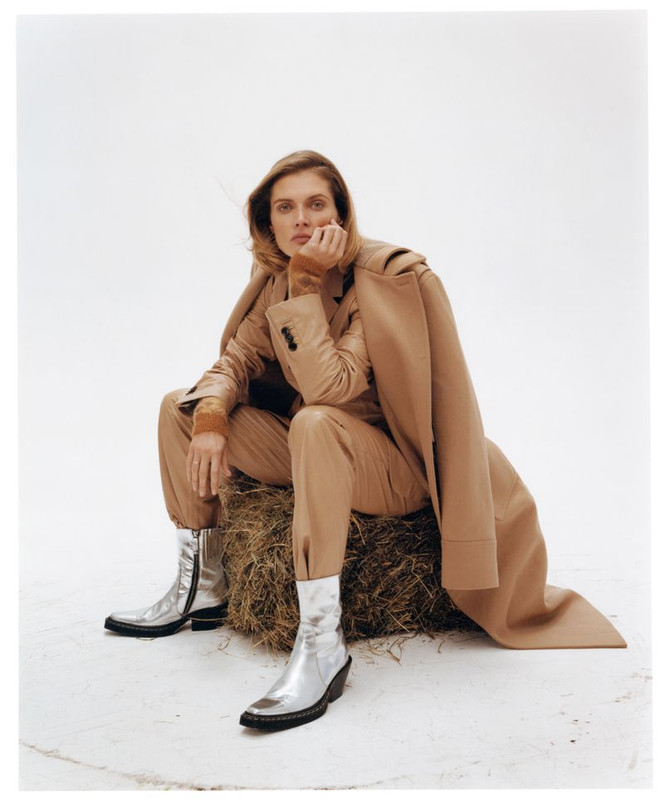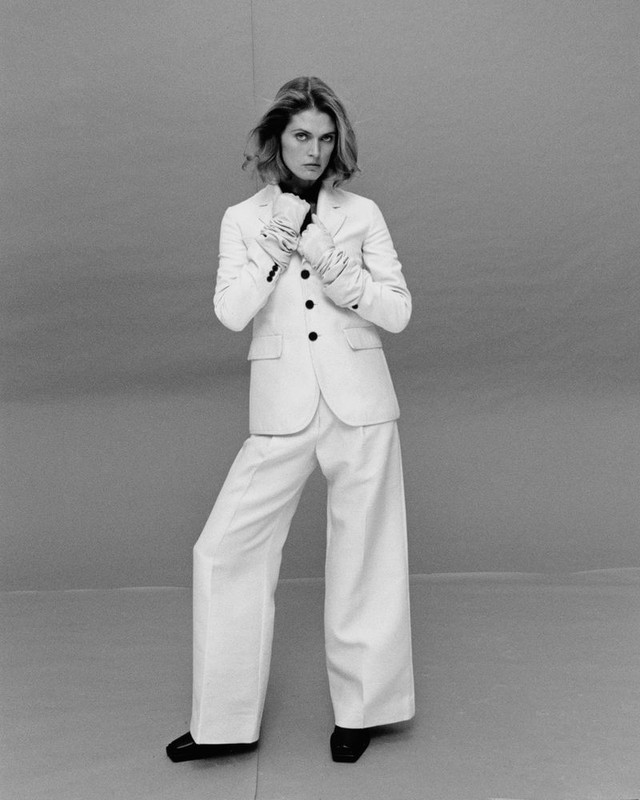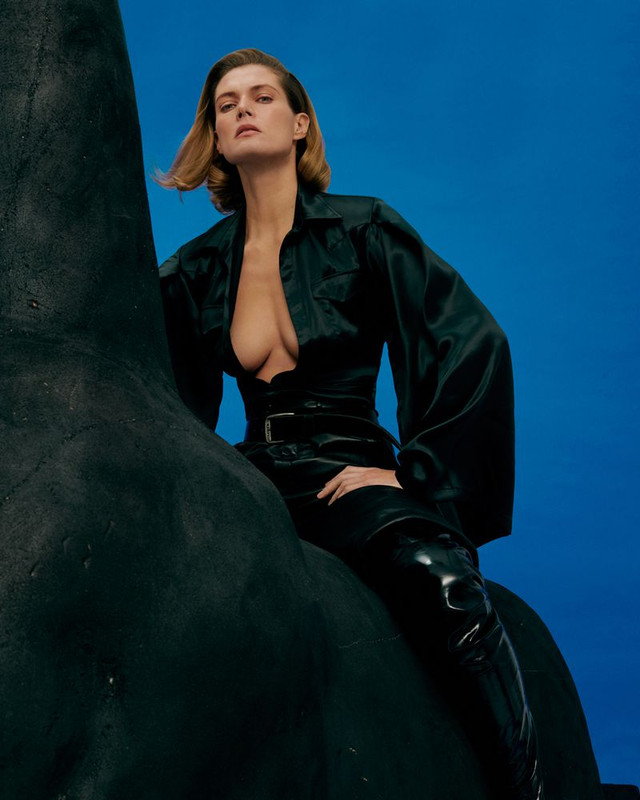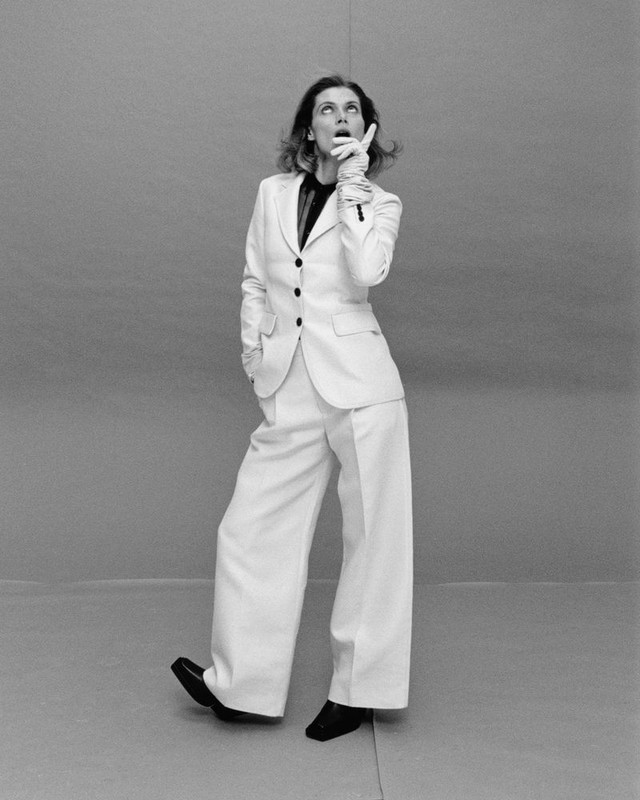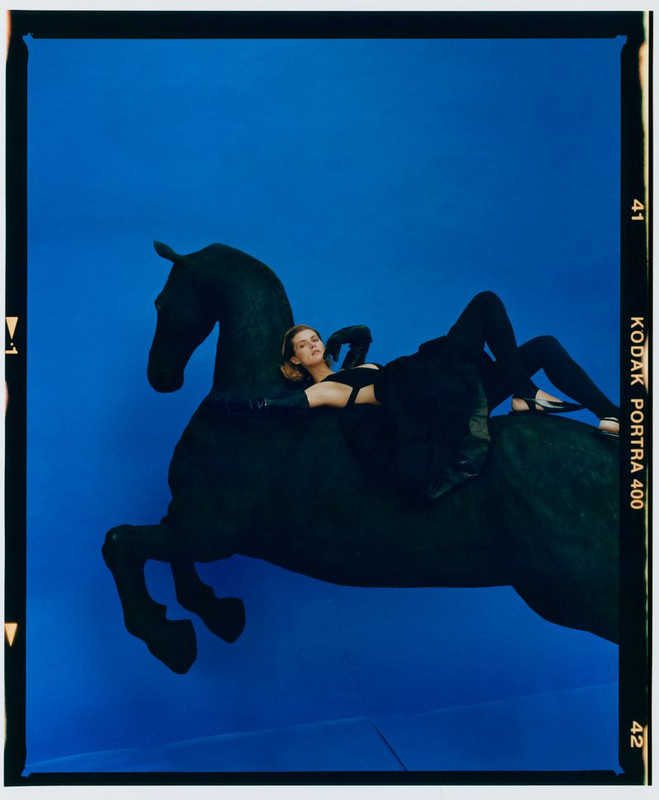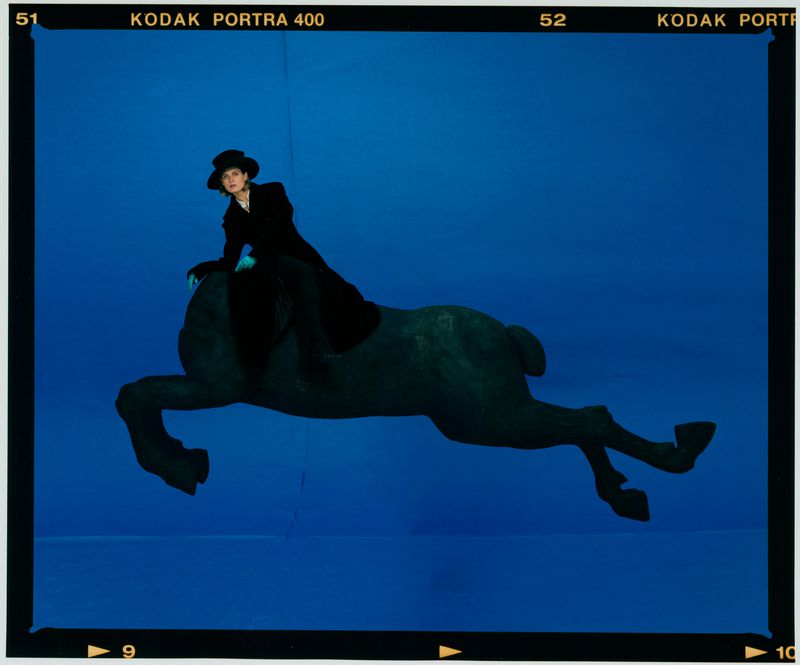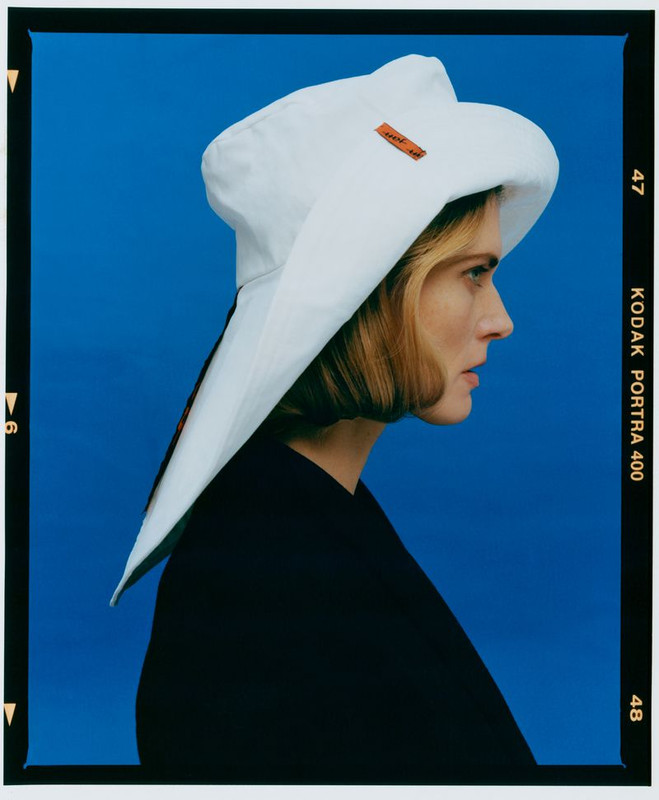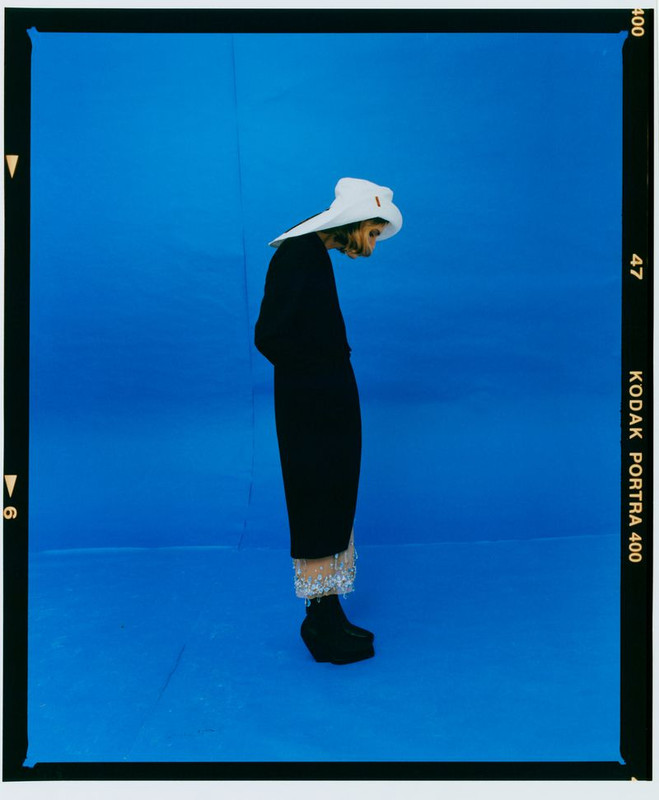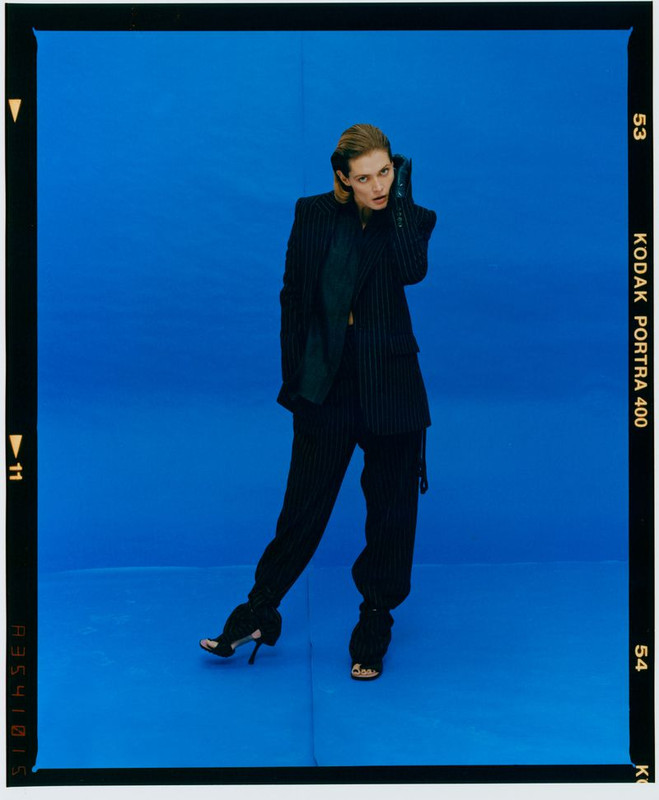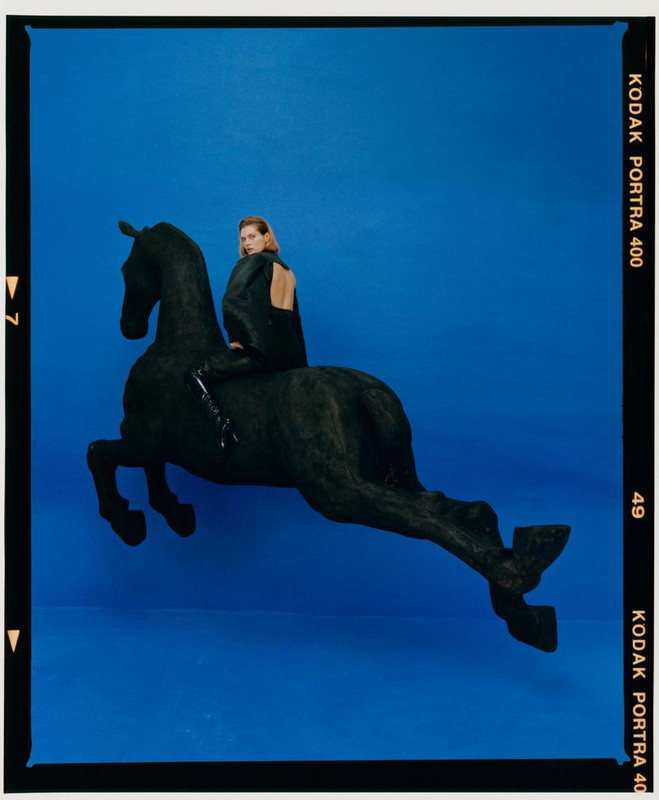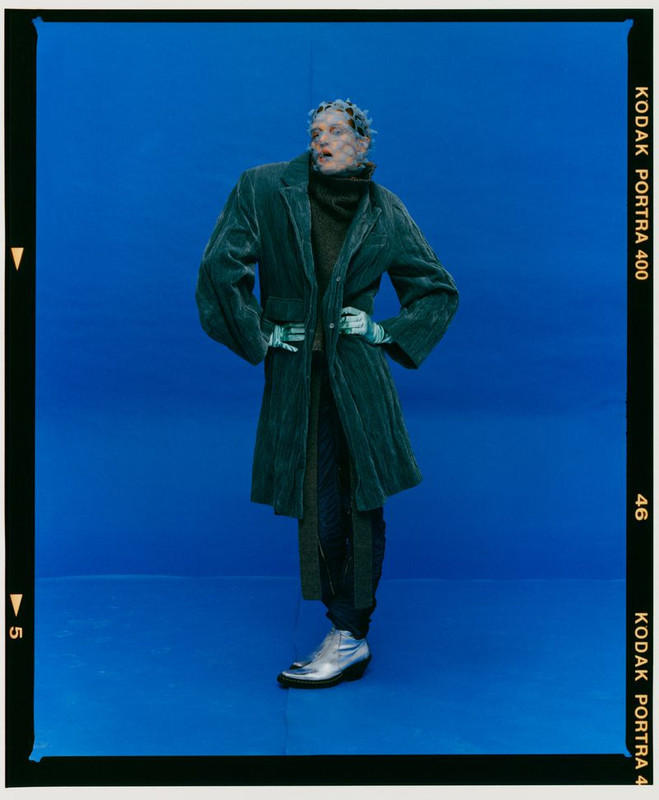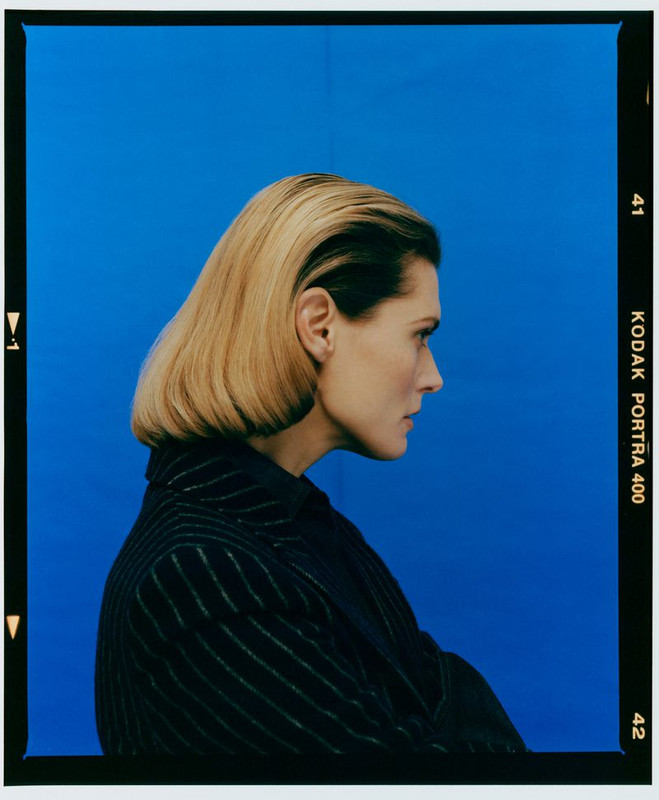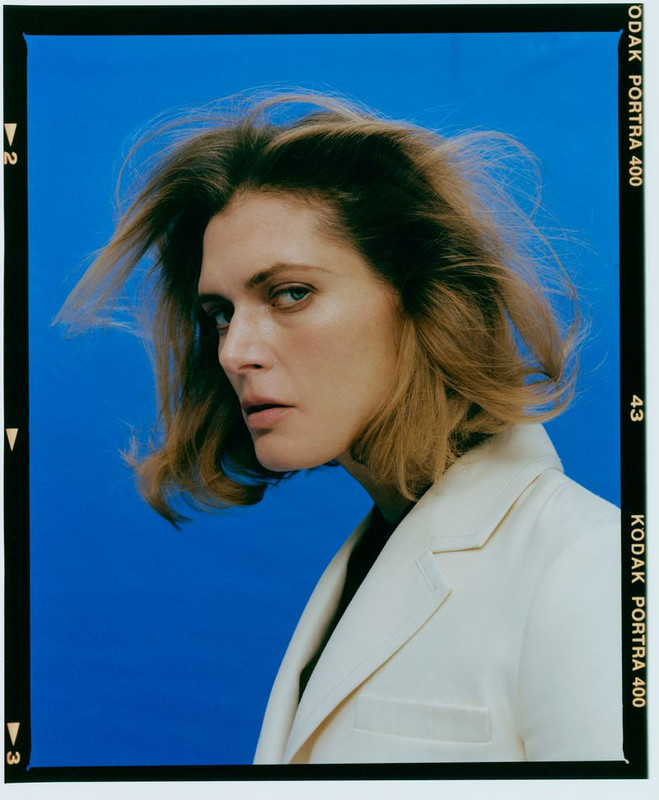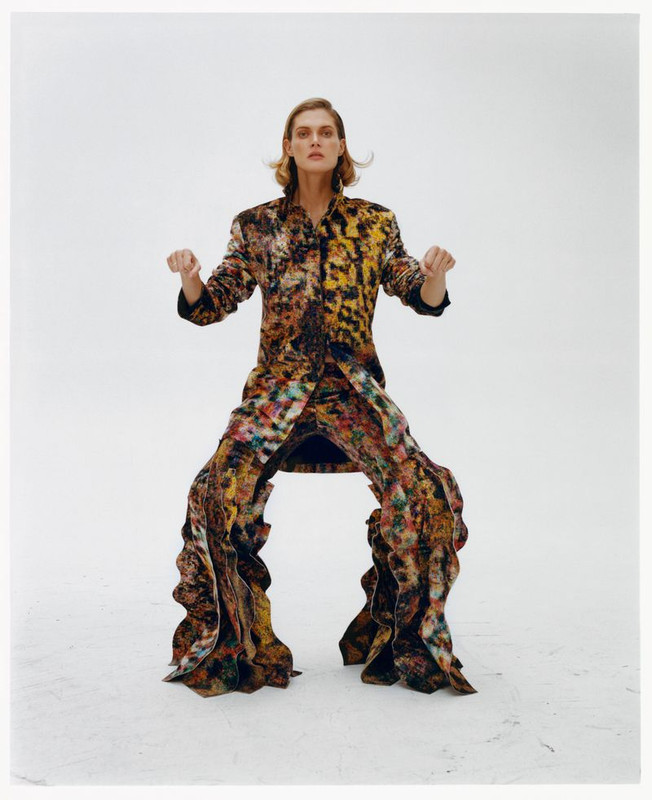-
Live Streaming... The S/S 2026 Fashion Shows
Paris Fashion Week S/S 2026 Show Schedule
You are using an out of date browser. It may not display this or other websites correctly.
You should upgrade or use an alternative browser.
You should upgrade or use an alternative browser.
StockholmFW
Well-Known Member
- Joined
- Feb 11, 2017
- Messages
- 3,926
- Reaction score
- 548
StockholmFW
Well-Known Member
- Joined
- Feb 11, 2017
- Messages
- 3,926
- Reaction score
- 548
Net-A-Porter’s Porter Edit: August 9th 2019
Interview:
net-a-porterShe’s worked with everyone from Tim Walker to Richard Avedon, but Polish supermodel MALGOSIA BELA dealt with years of imposter syndrome before she finally accepted her career success. GILLIAN BRETT meets one of fashion’s most refreshing stars to talk second acts, parties and the pitfalls of social media
Despite spending more than two decades under the fashion industry’s gaze, Malgosia Bela has maintained a mystique that is almost unheard of in such a hyper-connected world. Bela is the elusive Polish supermodel with piercing green eyes and cut-glass cheekbones, the face of over 50 international magazine covers and zero social media profiles (though there are, inevitably, fan pages dedicated to her). In short, she has the cool self-possession of a woman whose confidence is innate and unaffected by ‘likes’.
“I think I’m losing a lot of jobs because I’m not on Instagram,” she says, folding herself into a wicker chair in the secluded Corsican beach resort where she is vacationing with friends and her film director husband, Pawel Pawlikowski, following her PorterEdit cover shoot in Warsaw. “But it’s a conscious choice on my part. It’s true that if somebody books me, it means they don’t mind that I don’t have it.” Fresh from a morning swim, she is barefaced, with her hair pulled back in a ponytail, and glows with the kind of natural beauty that no amount of Facetuning could ever replicate. Sipping a sparkling water with fresh lemon, she crosses her legs in the elegant manner of the equinely long-limbed and chats good-humouredly about the beach party she went to the night before.
Expecting her to be resolutely reserved, in person Bela is affable, witty and disarmingly honest. At the age of 42, she seems at peace, helped no doubt by the fact everything sort of clicked into place once she was approaching 40: she met her husband, moved back to Poland with her 15-year-old son, Jozef, and landed a job as editor-at-large for the newly launched Vogue Poland (she is now the magazine’s creative director). Still modeling – though far less than in her heyday – she reveals that the overwhelming sense of imposter syndrome and guilt that she struggled with in her early career has finally subsided. “I’ve spoken to my husband, who is a great film director, about it a lot; how even great artists can feel like cheaters,” she says. “I also struggled with a big sense of guilt, but when I talk about it now I can see that there was a lot of sacrifice and loneliness and things that we had to give up. It took me a good few years to accept [modeling] as a job, really, and to deal with that sense of guilt that it’s not a real job, just sitting there looking glamorous. Only after I had my son did I come to terms with it.”
Bela, who studied English literature and is a classically trained pianist, had early aspirations of becoming a university professor like her mother, until a chance encounter with a model scout in a theater in Krakow when she was 21 changed the course of her career dramatically. “His way of persuading me to consider becoming a model – which to me just didn’t make any sense – was [to say] that he was going to buy me a ticket to New York,” she says. “I could feel that this was my opportunity to see the world. I didn’t travel at all – up until I was 12 I lived in a communist country, so traveling was something that seemed super-luxurious and we didn’t do. And I was too ashamed to tell my parents about it; they thought I was going after some boyfriend who was living in Canada, an exchange student who had come to my university, and that I was going to New York because it was closer.
“Now, as the mother of a young person, that was crazy… I had $300 in my pocket, didn’t have a credit card, didn’t have a cell phone. I had the telephone number for the agency that was maybe going to take me. I didn’t have a portfolio; I didn’t have any pictures. I landed at JFK, went to a payphone, called the number and they said they’d never heard of me – not a good start.” Luckily, someone at the agency eventually placed her with the New Faces department and gave her the address of a model apartment, the cab journey to which cost one fifth of her total budget. “I would never allow my son to do this, but times were different. I guess if your parents can’t check on you constantly, you become more inventive.”
Bela’s big break came when she met influential stylist Joe McKenna. Known for his starkly elegant and considered aesthetic, she arrived fresh from a test shoot wearing long black hair extensions and tons of makeup – “Everything that Joe loves, right?” But McKenna recognized her otherworldly beauty beneath the prosthetics and cast her as the face of Jil Sander that season. After opening and closing the spring/summer 2000 show and fronting the David Sims-lensed campaigns, Bela’s chameleonic ability to transform from edgy cool girl to classic beauty drew further attention from brands, including Versace, Valentino and Stella McCartney (with whom she has formed a long working relationship and walked for this season). “I was never super-commercial or making millions of dollars or anything, but my financial status changed and I could help my family, and that was a driver for me,” she says. “But I still felt for a long time that someone had made a big mistake. The first time I went to [Richard] Avedon’s studio I thought he was going to see through it.” But he didn’t? “Well, he did see something more in me than a model. He was pushing me a lot towards acting.”
Bela credits Avedon as one of her key mentors (she even wrote a 100-page thesis on him for her master’s degree in cultural anthropology). “I guess because he had such a huge presence and personality, I took everything he said and did as a lesson and piece of advice,” she says. “He taught me that shooting is an intimate conversation, a dialogue between the model and the photographer. When you really focus on this dialogue, nothing else matters – high heels, uncomfortable clothes, wind machines. In the end, it gave me a lot of confidence in front of the camera. Working with Avedon was a turning point for me in this respect.”
She also recalls animatedly the grand productions involved in Tim Walker shoots, the “20-meter skeletons or a plane made of bread, or gigantic snails – they were always something very, very impressive.” With a passion for inhabiting different characters, it comes as no surprise that Bela did turn her hand to acting, most recently appearing in director Luca Guadagnino’s remake of the cult Italian horror film Suspiria last year. But it remains her side hustle, and a world she enters more frequently to support her BAFTA-winning husband, whom she met four years ago through a mutual film director friend. They married surreptitiously in a small ceremony attended only by their children, close family and witnesses. That night, they threw a huge housewarming party in Warsaw – to which the bride wore a “black, tight and very sexy” Victoria Beckham dress – and announced their intimate nuptials to their 100-plus guests.
This understated approach sums Bela up. She exudes an air of total composure and speaks with a wisdom that her fresh face belies. Her ‘secret’ is a change in lifestyle and an investment in self-care. “My lifestyle is much healthier now. Twenty years ago, it was mostly coffee and cigarettes and being constantly on the run,” she says. “Now I love to eat well, sleep well and I need some kind of sport to mentally feel good in my skin.” She swims for an hour a day, five days a week, and uses a noncommittal mix of natural, organic skincare. “I’m very happy to put anything on my face that smells edible and feels like oil. That’s what happens after you hit 40 – you learn how to treat yourself with a bit more love.”
StockholmFW
Well-Known Member
- Joined
- Feb 11, 2017
- Messages
- 3,926
- Reaction score
- 548
StockholmFW
Well-Known Member
- Joined
- Feb 11, 2017
- Messages
- 3,926
- Reaction score
- 548
Alien Sex Friend
Well-Known Member
- Joined
- Oct 26, 2005
- Messages
- 8,602
- Reaction score
- 1,449
Benn98
Well-Known Member
- Joined
- Aug 6, 2014
- Messages
- 42,582
- Reaction score
- 20,742
Alien Sex Friend
Well-Known Member
- Joined
- Oct 26, 2005
- Messages
- 8,602
- Reaction score
- 1,449
wendylorene
Well-Known Member
- Joined
- Jul 20, 2017
- Messages
- 2,496
- Reaction score
- 1,190
wendylorene
Well-Known Member
- Joined
- Jul 20, 2017
- Messages
- 2,496
- Reaction score
- 1,190
wendylorene
Well-Known Member
- Joined
- Jul 20, 2017
- Messages
- 2,496
- Reaction score
- 1,190
Users who are viewing this thread
Total: 2 (members: 0, guests: 2)








